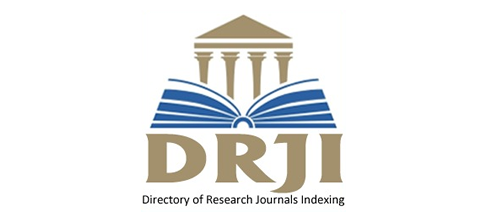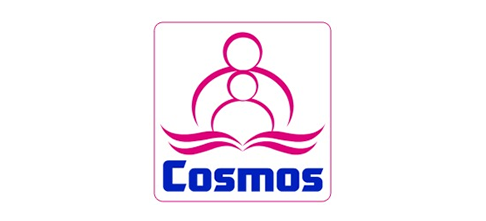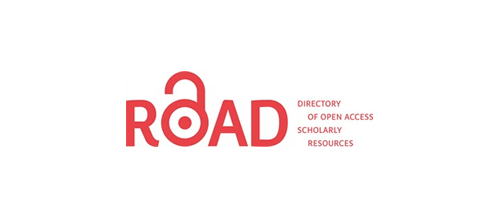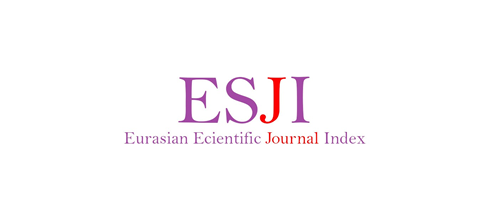Terörizmin Beşinci Dalgası Ekseninde Teknolojik Dalga ve Dijital Terörizm
30.01.2024 | Hatice SÜRURİ
Özet
David C. Rapoport, modern terörizmin tarihsel seyrini 19.yüzyıl sonları itibariyle açıklayarak dört dalga olarak ifade etmiş ve dalgalar arasında döngüsel geçişlerin olduğu vurgusunu yapmıştır. Rapoport (2012), modelinde terörist organizasyonların stratejilerini, ideolojilerini ve hedeflerini açıklayarak, terörizmin beşinci dalgasının 21.yy'ın ilk çeyreğinde inşa edileceğini savunmuş, beşinci dalganın niteliklerini, teknolojik, küreselleşme karşıtı, cihatçı ve etnik özellikler bağlamında ele almıştır. Jeffrey Simon ise Beşinci dalgayı alternatif bir teori ile tanımlayarak salt bir terörizm ideolojisinin mümkün olmadığını ancak teknolojinin “Beşinci Dalgada” en etken unsur olduğunu ifade etmiştir. Simon'a göre teknoloji, beşinci dalga için başat unsur olsa da birey, toplum ve devlet ekseninde kitleleri mobilize edebilecek temel enstrüman, dijitalleşme ile birlikte bilginin çarpan etkisiyle yayılmasına sebep olan internet teknolojileri olacaktır. Teknolojik dalga, devlet altı grupların veya terör örgütlerinin bilgi ekosistemi içerisinde internet teknolojileri aracılığıyla terör eylemleri gerçekleştirdiği yeni bir terörizm çağını işaret etmektedir. Asimetrik ve hibrit tehdit unsurlarının etken olduğu, dijital alanın eylem amaçlı kullanıldığı bu çağda, yeni medya manipülasyona açık yapısı ile devletler için tehdit unsuru olmaktadır. Çalışmada , terörizmin beşinci dalgası ekseninde dijital terörizmin ulusal ve uluslararası düzeyde devletler için tehdit unsuru olabileceği detayları ile açıklanacaktır.
Anahtar Kelimeler
Kaynak Göster
Süruri, H. (2024). Terörizmin Beşinci Dalgası Ekseninde Teknolojik Dalga ve Dijital Terörizm. Terörizm ve Radikalleşme Araştırmaları Dergisi, 3(1), ss. 69-95, DOI: 10.61314/traddergi.1406946

















